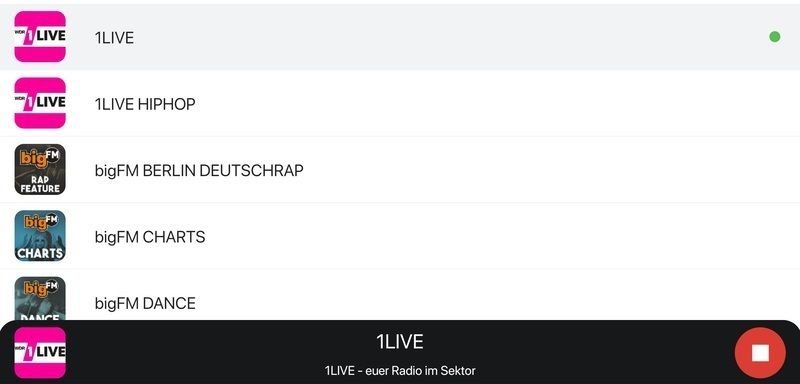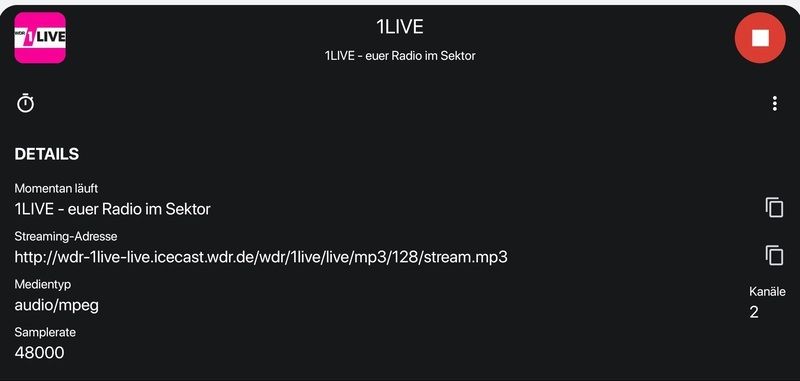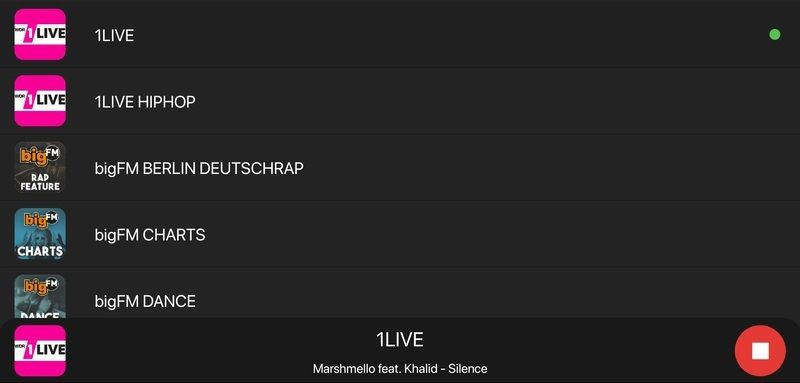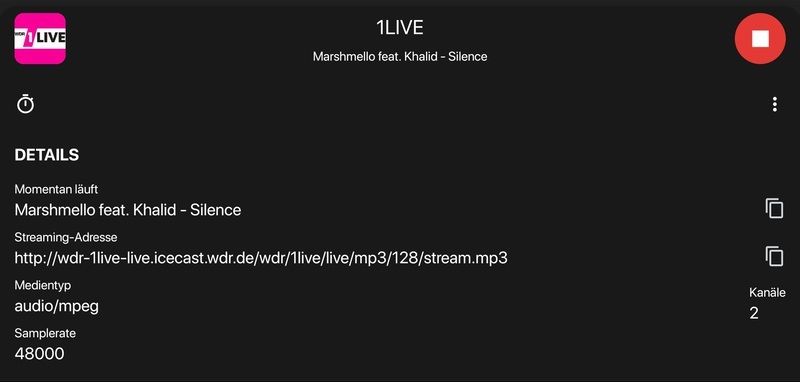We here at XDA-Developers have collaborated with OEMs in the past in order to kickstart development for a lot of devices. For instance, our initiative with Xiaomi for the Poco F1 has led to a thriving community that has given Poco F1 users a lot of options in terms of aftermarket ROMs, kernels and other modifications. The ASUS ZenFone 6 also witnesses an active development community thanks to previous device seeding efforts. The same story exists for the Realme X too, thanks to the developer program for the device. Now, we aim to repeat the same story with the Xiaomi Redmi Note 8 Pro, Xiaomi’s latest mid-range value offering.
The Xiaomi Redmi Note 8 Pro was launched in China in late August 2019, confirming all aspects of the device, especially the MediaTek Helio G90T SoC. The Redmi Note 8 Pro made its way to Europe and India with the same SoC, bearing testimony to the confidence Xiaomi had on this chipset. The device showcased great potential in our first impressions, as it sprinted through maxed-out gaming sessions with very good efficiency, good heat dissipation, and no signs of thermal throttling — all of which is impressive considering the price of the device. Xiaomi is marketing the phone as a budget gaming device, and with what we have experienced, we can’t help but agree.
All of this translates into a prediction of another excellent run for the Redmi Note 8 Pro and for the Redmi Note lineup. We expect the phone to sell very well, mainly because there isn’t much that the average consumer would find faults with on this phone — it does tick all of their boxes, after all. What it doesn’t tick boxes for us, the not-so-average consumers, is the fact that historically speaking, MediaTek devices have lagged behind in development against their Qualcomm counterparts. The reason for this is an interplay between factors such as the existence of the Qualcomm CodeAurora forums, the friction and disinterest from ODMs to release the kernel sources to OEMs/vendors (who would have then passed it onto the consumers), and the poor reputation MediaTek had gained because of this friction. This has practically resulted in a Snapdragon monopoly when it comes to aftermarket development, with no other SoC company being in a position (or interested) in challenging this monopoly.
The Redmi Note 8 Pro with the MediaTek Helio G90T presents an opportunity that could open up the gates to a flourishing community outside of Qualcomm. The phone will see a lot of interest from users looking to try out custom ROMs and kernels, but who may be unable to do so because of lack of developer interest. Xiaomi has already released the kernel sources for this device, so we have at least begun walking on this path.
To ensure that there are more options along this way, Xiaomi is sending us 10 units of the Redmi Note 8 Pro, to be used for the greater good of the community. Consequently, these units are being sent out to the following developers:
Individuals in the list above who are based in India have already received the Redmi Note 8 Pro, while those who are based outside of India shall be receiving their devices in the near future. With physical devices in their hands, these developers will be in a better position to contribute to projects that help extend the life of the product and offer more choice to end-users, especially in the ROM enthusiast community. These talented individuals will play a big part in opening up the MediaTek SoC to be a feasible alternative to Qualcomm Snapdragon SoCs within the context of device dev support.
Xiaomi Redmi Note 8 Pro XDA Forums || Buy Redmi Note 8 Pro from Amazon.in
The post We’re sending the Xiaomi Redmi Note 8 Pro to custom ROM and kernel developers appeared first on xda-developers.
from xda-developers https://ift.tt/2pkWOWB
via
IFTTT




